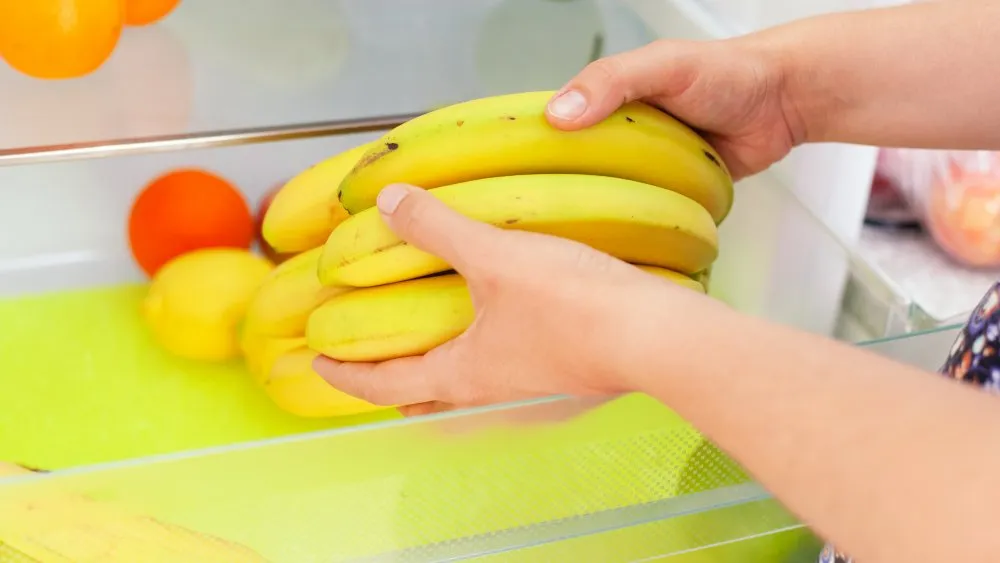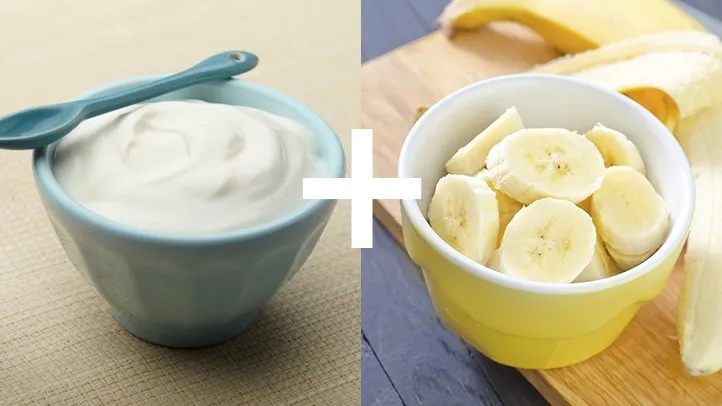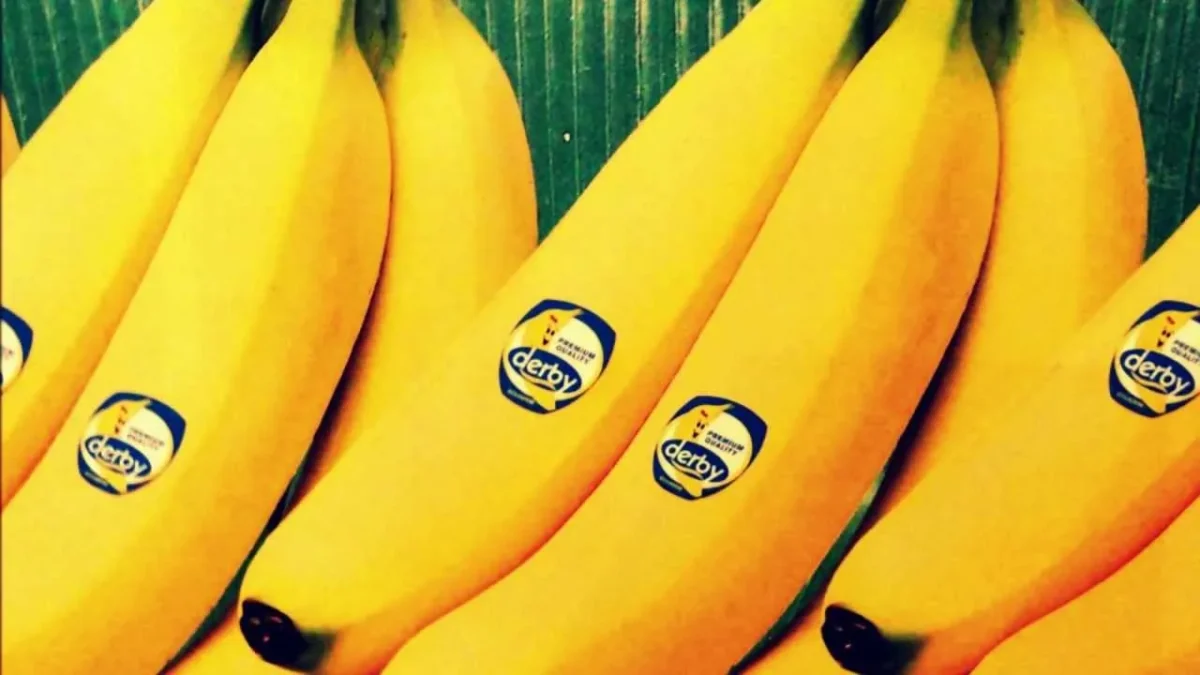The Science Behind Banana Ripening: Understanding Why Some Bananas Refuse to Ripen Properly
Bananas are one of the most popular fruits in the world. They`re packed with nutrients, delicious and versatile enough to be eaten on their own or added to various dishes. However, have you ever wondered why some bananas refuse to ripen properly and what causes this phenomenon? In this article, we`ll explore the science behind banana ripening, the factors that affect it, and what to do if your bananas aren’t ripening as expected. Whether you’re a banana enthusiast, a curious learner or just simply enjoy a good banana smoothie, read on to find out more!
What causes bananas to ripen?
Bananas are a fascinating fruit, beloved by many for their delicious taste and convenience. But have you ever wondered what causes bananas to ripen? The answer lies in a complex biochemical process that involves several factors.
One of the key players in banana ripening is ethylene, a naturally occurring gas that is produced by the fruit itself. When bananas are picked from the tree, they continue to produce ethylene as part of their natural metabolic process. This gas acts as a signal to other parts of the fruit, triggering a series of chemical reactions that lead to ripening.

Another factor that affects banana ripening is temperature. Bananas are sensitive to changes in temperature and humidity, and these factors can accelerate or slow down the ripening process. For example, if bananas are kept at room temperature, they will typically ripen within 3-5 days. If they are stored in a cooler environment or refrigerated, this process will be slowed down.
Interestingly enough, bananas also release more ethylene as they become riper. This means that once one banana starts to turn yellow and soft, it can trigger neighboring fruits to start ripening faster as well.
There’s still much we don’t know about this complex process – but scientists continue to study it closely in order to better understand how we can control banana ripening for optimal flavor and shelf life.
So next time you bite into a sweet and ripe banana – remember all of the intricate processes at work behind its delicious flavor!
Factors that affect the ripening process of bananas.
The ripening process of bananas is a complex and multifaceted phenomenon that is affected by a variety of factors. These factors can range from external environmental conditions such as temperature and humidity, to internal physiological changes within the fruit itself.
One major factor that affects the ripening process of bananas is ethylene gas. This natural plant hormone is produced by the fruit itself as it matures, and acts as a signal for other fruits in close proximity to begin ripening as well. In fact, many commercial banana producers artificially introduce ethylene gas into their storage facilities in order to speed up the ripening process.
Another important factor that affects banana ripening is temperature. Bananas are highly sensitive to extreme temperatures, with both heat and cold having negative impacts on their ability to mature properly. Ideally, bananas should be stored at room temperature until they reach their desired level of ripeness.
Humidity levels also play a role in banana ripening, with high humidity levels promoting faster maturation while low humidity levels can slow it down. Proper ventilation is key to maintaining optimal humidity conditions for bananas.
Finally, physical damage or bruising can also affect the rate at which bananas ripe. When the skin of a banana becomes damaged or punctured, it releases enzymes that accelerate its maturation process – often resulting in overripe or spoiled fruit.
By understanding these various factors that affect banana ripening, consumers can make more informed decisions about how they store and handle their fruits – ultimately leading to better quality produce and less waste overall.
Why do some bananas not ripen properly?

Bananas are a delicious and nutritious fruit enjoyed by many around the world. However, some bananas may not ripen properly, leaving them with a greenish hue and an unappetizing taste.
There are several reasons why this may occur. One possible explanation is that the bananas were harvested too early, before they had fully matured. Another factor could be exposure to extreme temperatures during shipping or storage, which can disrupt the natural ripening process.
Additionally, certain varieties of bananas are simply less prone to ripening than others. For example, plantains tend to stay firm even when fully ripe, while other types of bananas may become overly soft and mushy if left to ripen for too long.
Regardless of the cause, there are steps you can take to ensure that your bananas ripen properly. Storing them in a warm area with good airflow can help speed up the process, while placing them in a paper bag with an apple or another fruit that produces ethylene gas can also encourage ripening.
By understanding the factors that influence banana ripening and taking measures to promote proper maturation, you can enjoy these tasty fruits at their best.
Tips for successfully ripening bananas.
Ripening bananas may seem like a simple task, but it requires careful attention to detail. Here are some tips to help you ripen your bananas successfully and ensure that they are perfect for consumption.

Firstly, store your bananas in a warm and humid environment. Bananas release ethylene gas as they ripen, which helps to speed up the process. By keeping them in a warm and humid place, you create an ideal environment for this process to occur.
Secondly, separate your bananas from other fruits and vegetables. Ethylene gas can also cause nearby produce to ripen more quickly than desired. To avoid this, keep your bananas separate from other fruits and vegetables.
Thirdly, monitor the progress of your bananas regularly. Check on them daily to see if they have reached the desired level of ripeness. Some people prefer their bananas slightly green while others like them almost brown – it all depends on personal preference.
Lastly, consider using alternative methods for ripening your bananas if necessary. For example, placing them in a paper bag with an apple or tomato can help speed up the process by trapping ethylene gas inside.
By following these tips, you’ll have perfectly ripe bananas that are ready for consumption whenever you want them!
Check out our other articles to find out even more about banana.
It’s clear that the ripening process of bananas is dependent on a wide range of factors and can go wrong in many different ways. As such, it’s extremely important to take into consideration all aspects of the ripening process when dealing with bananas. If you’re looking for more information about this fascinating fruit, make sure to check out our other articles to find out even more about banana!











